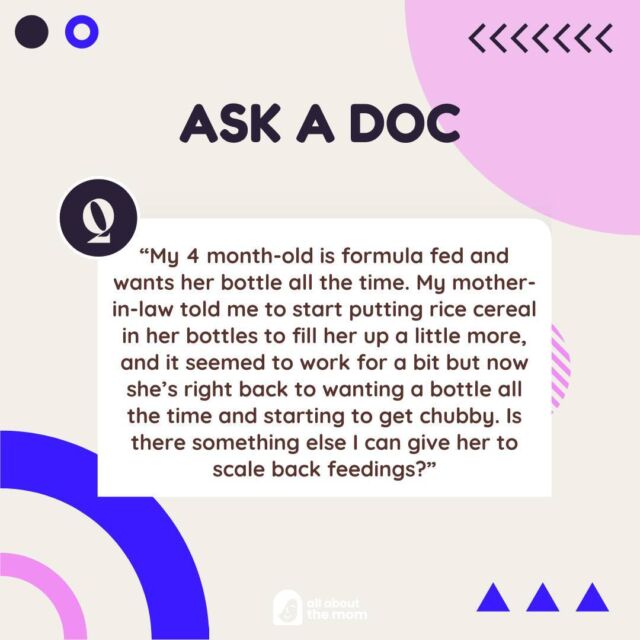Of all my mom’s friends, I seem to be the only one dealing with temper tantrums daily. My little one throws horrendous tantrums at bedtime and bath time every day. Are my toddler’s tantrums normal?
Yes! Tantrums are absolutely normal and developmentally appropriate in early childhood. They typically start to decrease once a child is around three and a half, and they usually become much more infrequent by age five.
Tantrums are not a sign that a child is poorly parented, badly behaved, or that they are spoilt (all the messaging parents can be exposed to). Tantrums are the outward display of a dysregulated nervous system and an underdeveloped brain that is not integrated at that moment. Tantrums are nature’s answer to the cumulative experience of frustration and disappointment that little ones face throughout their day; they are one way that children experience an emotional release and empty their emotional buckets.
Sometimes they are triggered by the “overs.”
Over tired
Over hungry
Over stimulated
Overscheduled
And sometimes, there is a “tipping point,” so we see a child erupt over a “wrong cup color.” I often hear parents worry that tantrums signify a child spoilt or misbehaving. They struggle to understand why a seemingly trivial trigger can lead to a huge emotional release. They may think their child is “throwing a tantrum to get their own way.” It can be helpful to remember that it’s often not about the cup color; that’s simply the straw that broke the camel’s back. It’s also beneficial to remember that it’s a good thing that our child is releasing their pent-up emotions. That doesn’t mean we need to give in to their demands. We hold space for their feelings while holding the boundary.
With the pattern you describe, it could be worth exploring whether your little one is “over-tired” or “over-stimulated” by the end of the day, which might help explain their overwhelm at these times. It might help to add opportunities for “quiet time” to recharge during your child’s day to allow them to “let off some steam” before the evening routine. It might even be worth experimenting with an earlier bedtime.
If you have experienced a lot of separation as part of your day (for example, if you work or your child attends daycare), your child will benefit from opportunities for the connection to be built into their evening routine where possible. That might look like cuddles and stories before bath time or bath time being a connected experience free of screens and other distractions. Sometimes we forget that bedtime is a significant separation for small children, so adding in connection can reduce our child’s separation alarm around the bedtime routine.
I hope this helps.

















